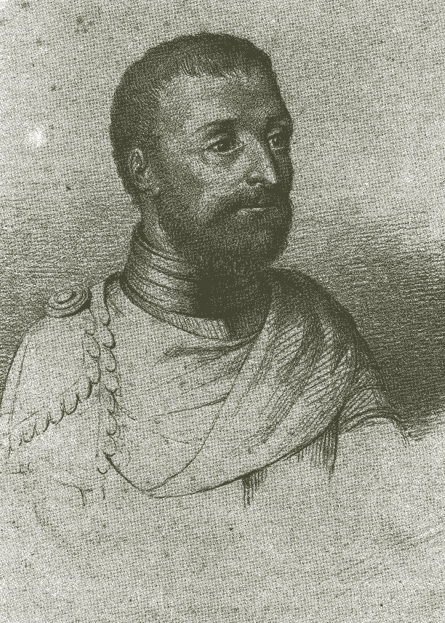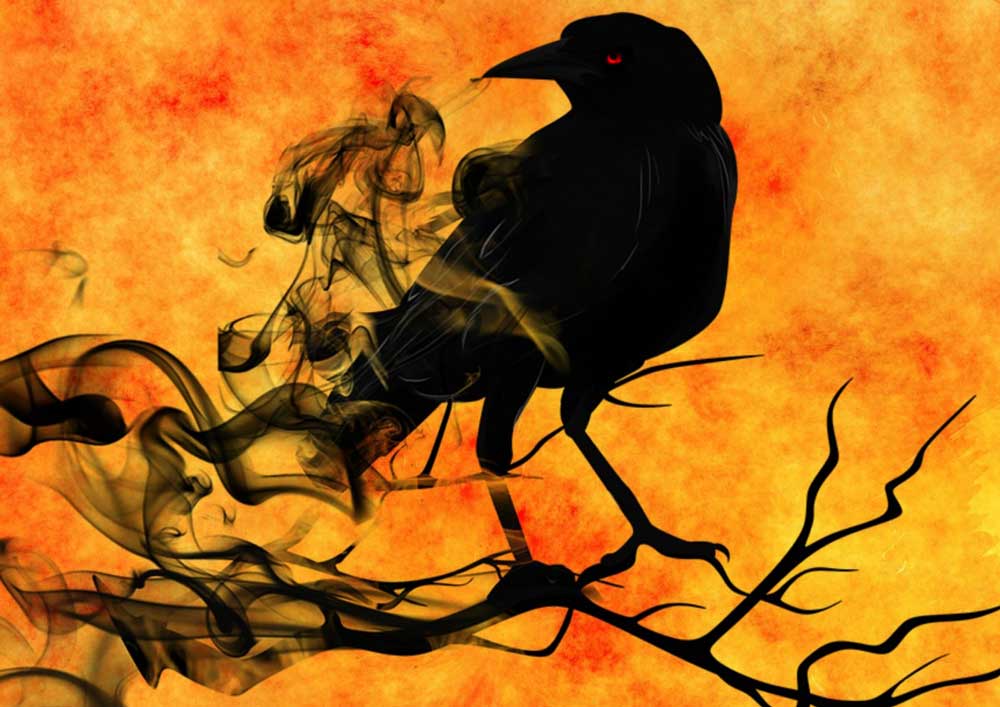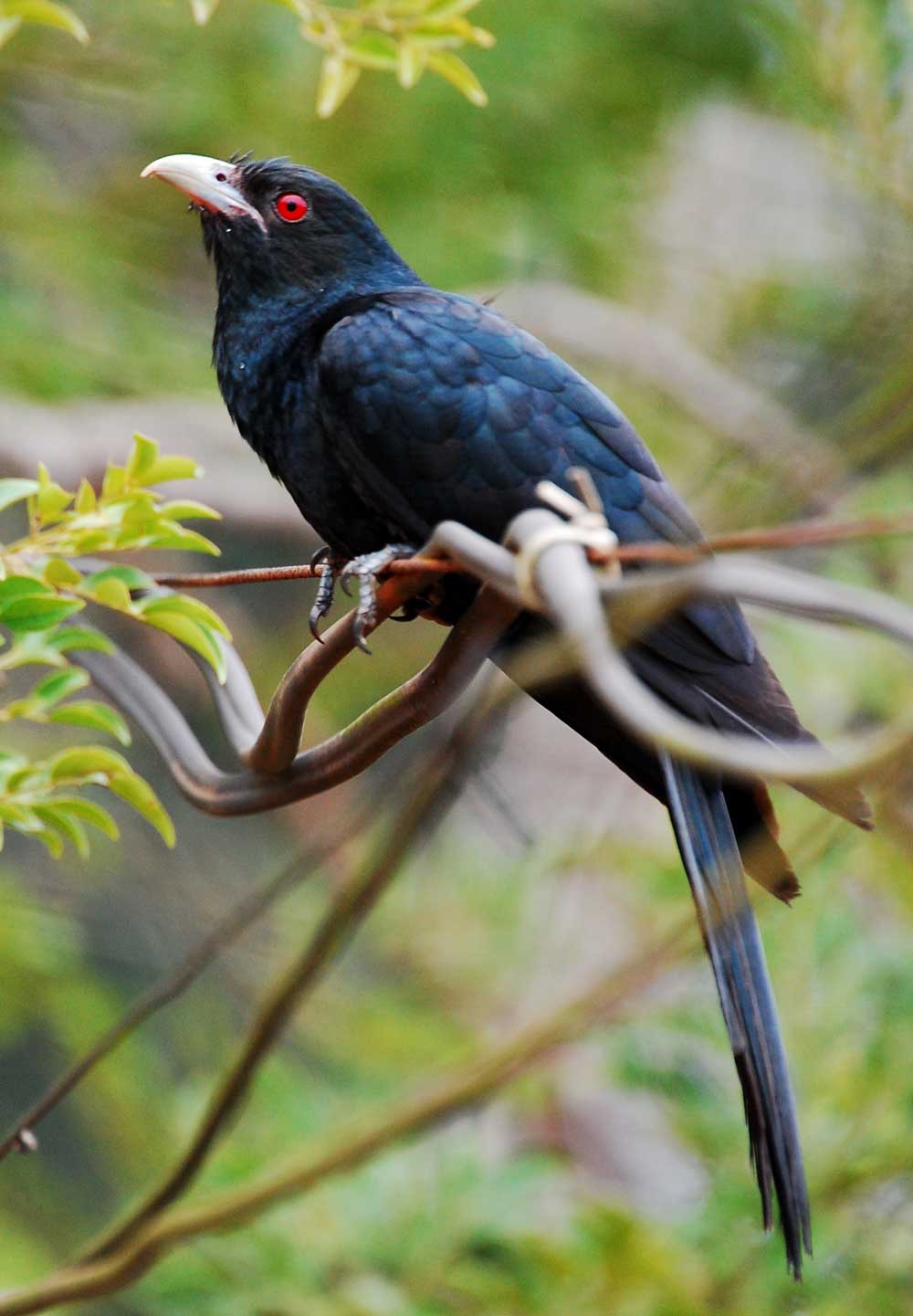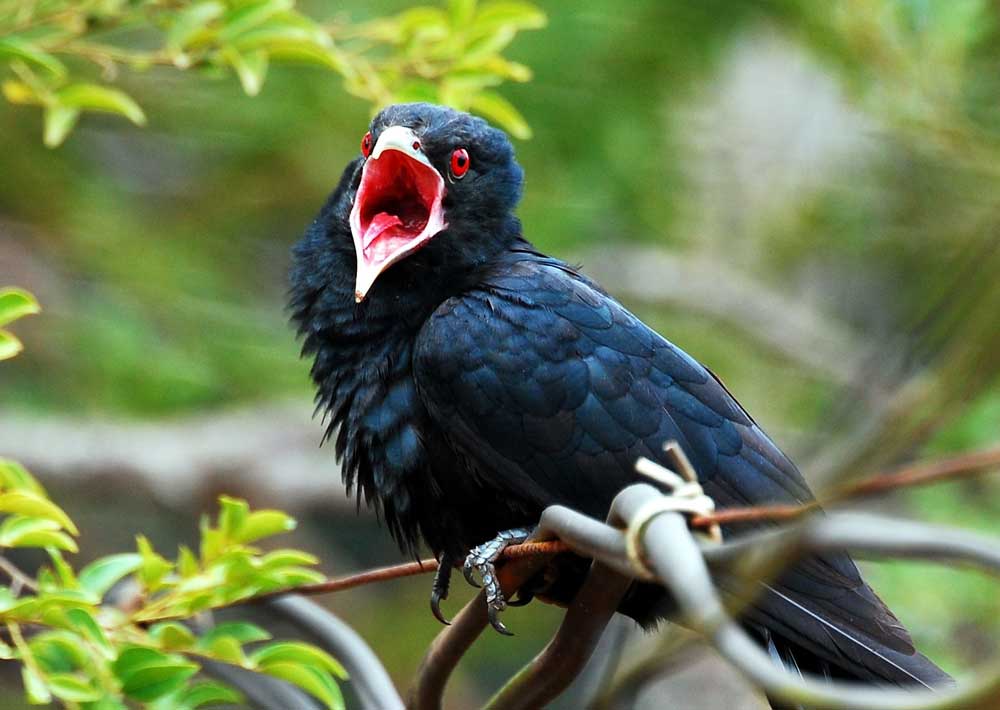As we approach 500 years since Magellan reached what would become the Philippines, I have been revisiting Antonio Pigafetta’s chronicle of the voyage. While reading his entries on culture and customs in the Cebu area, I came across a very curious entry which had previously piqued my interest last year.
“Every night about midnight in that city, a jet black bird as large as a crow was wont to come, and no sooner had it thus reached the houses than it began to screech, so that all the dogs began to howl; and that screeching and howling would last for four or five hours, but those people would never tell us the reason of it.” [March/ April 1521]

BIRDS OF AUGURY
According to unanimous testimony from various sources the use of auspices as a means to decipher the will of the gods was a common practice throughout the archipelago. Augury is the practice of interpreting omens from the observed behavior of birds.
Birds of augury were common throughout the Philippines, Here are a few, taken from Blumentritt’s “DICCIONARIO MITOLÓGICO DE FILIPINAS“:

Balan tikis. Name of a bird, whose song was for the early Tagalogs an omen.
Balatiti. A bird of augury for the early Tagalogs. They called balatitiin a person to whom the Balatiti always sang.
Baua. It is a mythical bird that, according to the religious beliefs of the early Visayans, had the power to convert the men it encountered into asuang, bird, or another animal, and sometimes it devoured them.
Dimoko: That same as Limokan, name of a wild bird, whose cries serve as an omen to the many infidel races of Mindanao.
Haya or Sayasaya. Name of a bird whose song (barubarito) was a bad omen for the early Bicolanos.
Kaskas. A nocturnal bird of augury of the early Visayans when it sings, it seems to say: kas-kas kas-kas
Kemuek. What the Tiruray people called the song of a nocturnal bird, that they believed to be a duende called bolbol.
Kilit-kilit. The Bulalacan people (of Calamianes) believe in the ominous message of the Kilit-kilit, a kind of kestrel/falcon/bird of prey, which announces the misfortunes and deaths from the roof eaves.
Korokoró. A nocturnal bird similar to the turtle-dove. It is believed that its song announces arrival of the Asuang. (Belief of the early Bicol people.)
Kumao. The early Ilocanos feared the mythical bird Kumao, which is said to take abandoned children.
Limokon or Limukun. It is the Bagobo and Mandaya (Mindanao) name of the wild dove Phabotreron brevirostris whose song serves as an omen. The Visayan people frequently name this dove in their songs and allegories, and keep watching out for superstitious signs from this bird.
Ngio-ngio. A bird that the Visayans believe is a brujo. It gets its name from its song: ngio-ngio.
Salaksak. This bird, whose scientific name I cannot recall, portends disaster or death with its call (superstition of the rural Ilocanos).
Suiit. A little bird whose song is an oracle to the Igorots and Guinaangs.
Tigmamanukin. A bird, also called tigmamanok, whose songs serve as an omen to the Tagalogs. Its scientific name is Jrena cyanogastra (according to Doctor A. B. Meyer).
Tiktik. A night bird that announces the proximity of the Asuang with its song.
THE QUESTION
In June of last year a video of Pigafetta’s account was shared with me with me and posed the following question: “At 6:35 Pigafetta mentions a black bird that comes out during the night, is this an historical account of an aswang?”
Okay, now I’m interested. Perhaps this was thought to be a “tiktik” type of bird by the locals.
The most commonly used translation of Pigafetta’s account is from James Alexander Robertson using the Italian manuscript (also published in the Blair and Robertson ‘The Philippine Islands’). In translations from the other 3 French manuscripts it also says the dogs howled and “bayed” (barking, making noise) at the sound of this bird. Depending on how the dogs in the village were trained, this could mean they were scared and ‘alerting’ the people, or they were simply notifying the people something was there. We also need to consider that dogs become bored easily when they have nothing to do and will make their own fun. Barking at every sound they hear, joining in with the neighbor dogs in a group barking session, or just barking to let out energy are all reasons behind night barking.
Still, the people not explaining the nightly occurrence could be due to the immediately frowned upon local ‘superstitious’ beliefs and customs. Or, there was nothing to explain.
THE BIRD
Before we explain the bird as something from ‘superstition’ we need to explore what bird this may have actually been. I first looked at Philippine Crows as it was the most obvious place to start, but it did not seem that it would fit the description of a single bird acting alone. Since Pigafetta seemed familiar with crows, the sound produced by various asian crow species and sub-species would have been familiar to him and described as such. He also used features of the crow to describe birds in Verzin (Brazil).
Over the years I have become somewhat proficient in researching various aspects of history throughout the Philippines, but I am certainly no ornithologist. I decided to reach out to people who have far more expertise on the subject. The most likely answer came from the Philippine Bird Photography Forum – FB Group.
Adrian Constantino wrote: “Hi Jordan, I haven’t read the entire entry on page 175. But I am guessing it could be a male Asian Koel. It is all black, with a whitish bill, reddish eyes. And before summertime, it can call in the middle of the night for several minutes. The older generation speak of the calling/singing of this bird in the middle of the night as an indicator that summertime/dry season is approaching. Great find, thanks for sharing it here.”

The Asian koel is a large and long-tailed cuckoo measuring 39–46 cm (15–18 in) and weighing 190–327 g (6.7–11.5 oz). The male of the nominate race is glossy bluish-black, with a pale greenish grey bill, the iris is crimson, and it has grey legs and feet. The female of the nominate race is brownish on the crown and has rufous streaks on the head. The back, rump and wing coverts are dark brown with white and buff spots. The underparts are whitish, but is heavily striped. The other subspecies differ in colouration and size. The upper plumage of young birds is more like that of the male and they have a black beak. They are very vocal during the breeding season (March to August in the Indian Subcontinent), with a range of different calls. The familiar song of the male is a repeated koo-Ooo. The female makes a shrill kik-kik-kik… call. Calls vary across populations.
I will admit that I am super nit-picky when it comes to presenting information to the public. Sometimes researchers have no choice but to give an educated guess when presenting ideas, but I try to avoid the obvious questions by answering them first. Pigafetta’s mysterious bird is explained almost perfectly by the size, description, and behaviour of the male Asian Koel. It bothered me that all the information I could find described the male Asian Koel as calling before dawn, rather than the described “midnight”. I went back to the Italian translation of Pigafetta’s account which exists in the Biblioteca Ambrosiana, Milan, Italy and saw it used the term “circa la meza nocte” (about middle of the night). Pigafetta’s original journal is lost, so I feel comfortable giving some leeway on the exact time the bird was heard and how this may have been interpreted by translators.

The Asian koel was originally though to have been first described by Carl Linnaeus as Cuculus scolopaceus based on a specimen he received from the Malabar region in the mid 18th century. If the information in this article is correct, the male Asian Koel may have actually been first documented in the Philippines by Pigafetta more than two hundred years previous [ March/ April 1521].
As always, I welcome feedback and discussions about this over at THE ASWANG PROJECT Facebook and Instagram pages.
Jordan Clark is a Canadian born descendant of Scottish immigrants living on the homelands of the Lekwungen speaking peoples. His interest in Philippine myth and folklore began in 2004. Finding it difficult to track down resources on the topic, he founded The Aswang Project in 2006. Shortly after, he embarked on a 5 year journey, along with producing partner Cheryl Anne del Rosario, to make the 2011 feature length documentary THE ASWANG PHENOMENON – an exploration of the aswang myth and its effects on Philippine society. In 2015 he directed “The Creatures of Philippine Mythology” web-series, which features 3 folkloric beings from the Philippines – the TIKBALANG, KAPRE and BAKUNAWA. Episodes are available to watch on YouTube. Jordan recently oversaw the editing for the English language release of Ferdinand Blumentritt’s DICCIONARIO MITOLÓGICO DE FILIPINAS (Dictionary of Philippine Mythology) and is working on two more releases with fellow creators scheduled for release later this year. When his nose isn’t in a book, he spends time with his amazing Filipina wife of 20 years and their smart and wonderful teenaged daughter.


